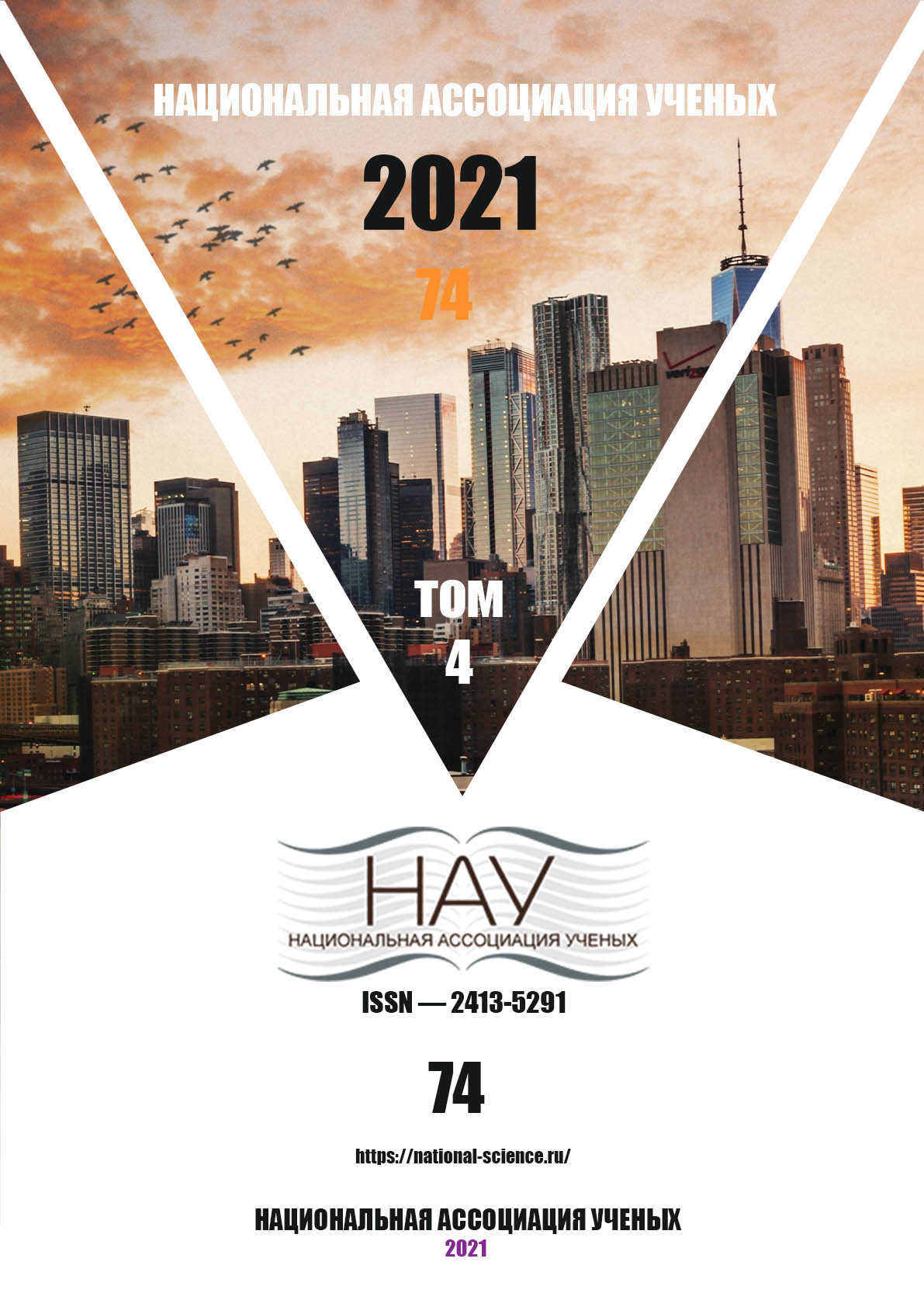MEDIA EDUCATION TECHNOLOGIES AS A BASIS FOR REALIZING THE CREATIVE POTENTIAL OF YOUTH
DOI:
https://doi.org/10.31618/nas.2413-5291.2021.4.74.538Keywords:
Media education, media literacy, creative activity, youth, leisure interestsAbstract
The current trends in the development of media educational practices are analyzed in this article in the context of the problems and opportunities for the development of youth media creativity in the structure of social and cultural activities of cultural and leisure institutions. The analysis is carried out on the basis of comparing the positions of specialists and the results of a diagnostic study of the degree of involvement of young people in the processes of media creativity and media education, where mentoring technologies are acquiring a special role, replacing traditional teaching didactic techniques today.
References
Hobbs R., Jensen A. The Past, Present, and Future of Media Literacy Education // Journal of Media Literacy Education. 2009. №1. – P. 1–11.
Hobbs R. et al. Learning to engage: how positive attitudes about the news, media literacy, and video production contribute to adolescent civic engagement // Educational Media International. 2013. Vol. 50. No. 4. – P. 231–246.
Kafai Y. B., Fields D. A., Searle K. A. Understanding media literacy and DIY creativity in youth digital productions // The international encyclopedia of media literacy. 2019. – P. 1–10.
Hil'ko N.F. Pedagogika audiovizual'nogo tvorchestva v social'no-kul'turnoj sfere. – Omsk : Izd-vo OmGU, 2008. – 182 s.
Chicherina N.V. Mediaobrazovanie v kontekste izmenjajushhejsja social'noj real'nosti. – Arhangel'sk: Pomorskij universitet, 2008. – 175 s.
Downloads
Published
Issue
Section
License

This work is licensed under a Creative Commons Attribution-NoDerivatives 4.0 International License.
CC BY-ND
A work licensed in this way allows the following:
1. The freedom to use and perform the work: The licensee must be allowed to make any use, private or public, of the work.
2. The freedom to study the work and apply the information: The licensee must be allowed to examine the work and to use the knowledge gained from the work in any way. The license may not, for example, restrict "reverse engineering."
2. The freedom to redistribute copies: Copies may be sold, swapped or given away for free, in the same form as the original.





